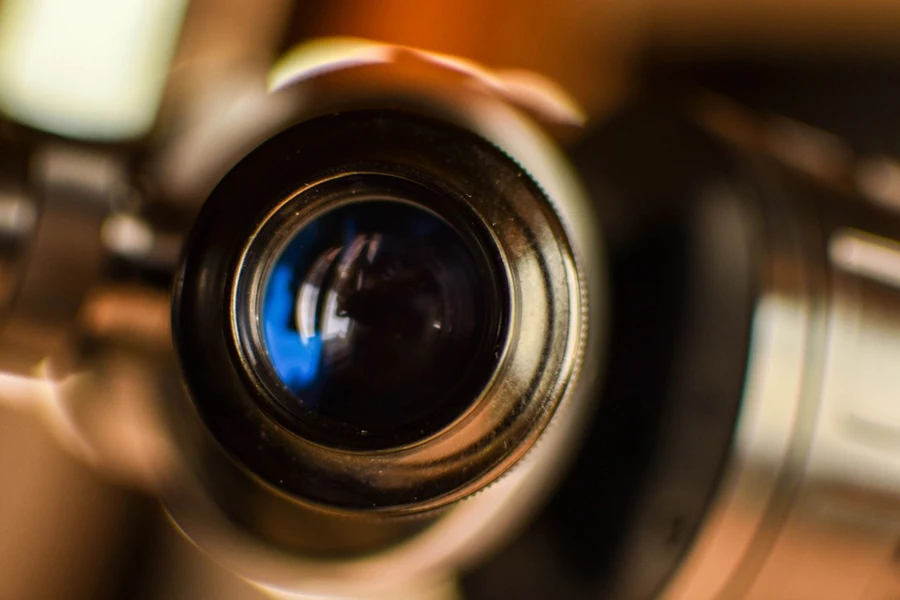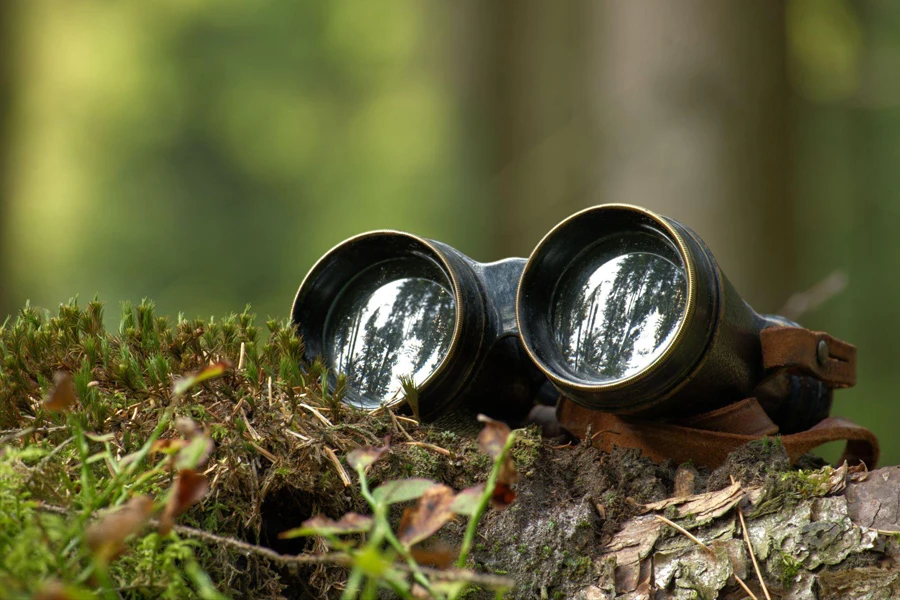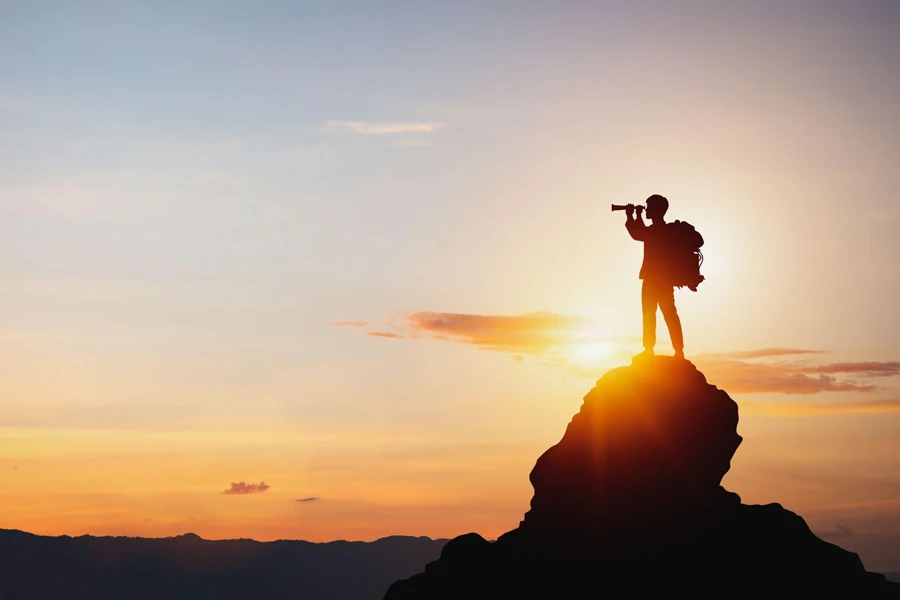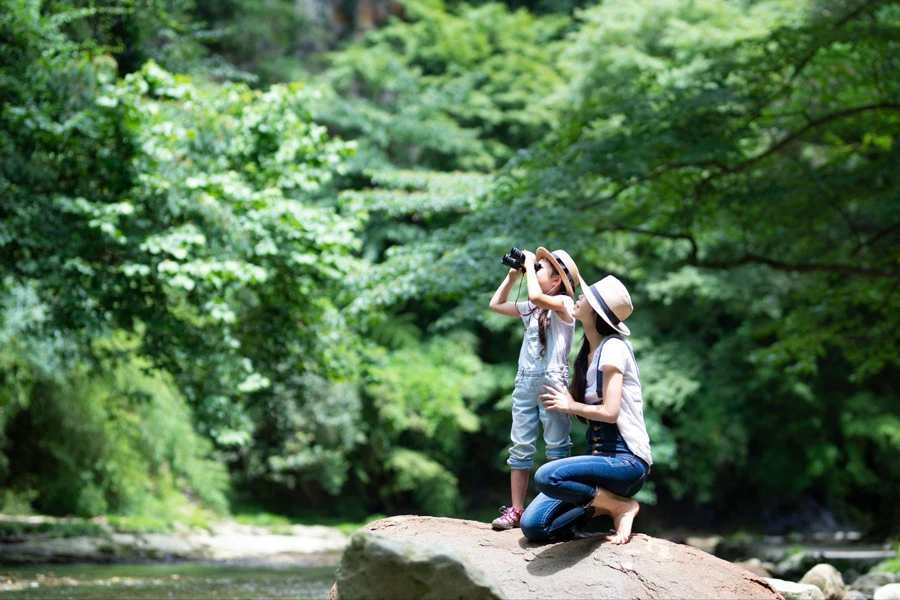Table of Contents
– Introduction
– Outdoor Telescope Market Overview
– Essential Considerations for Selecting the Ideal Outdoor Telescope
– Top Outdoor Telescope Picks for 2024
– Conclusion
Introduction
Choosing the perfect outdoor telescope is crucial for any stargazing enthusiast, serving as the gateway to exploring the wonders of the night sky. For business buyers sourcing inventory for companies and stores, understanding the nuances of this selection process is paramount. This guide concisely presents the essential aspects to consider in your choice and showcases the best outdoor telescopes for 2024, ensuring your offerings stand out in both performance and appeal.
Outdoor Telescope Market Overview
The global outdoor telescope market has witnessed steady growth in recent years, driven by the increasing popularity of astronomy and the desire for immersive stargazing experiences. In 2021, the market size was estimated at USD 2.1 billion, with a projected compound annual growth rate (CAGR) of 4.5% from 2022 to 2030. North America currently holds the largest market share at 35%, followed by Europe and Asia-Pacific. The rising disposable income, coupled with the growing interest in outdoor activities and space exploration, is expected to fuel market growth in the coming years.
Essential Considerations for Selecting the Ideal Outdoor Telescope
Aperture Size: The Key to Light Gathering Power
The aperture, or the diameter of the telescope’s main lens or mirror, is the most critical factor in determining its light-gathering capacity. Larger apertures collect more light, enabling the observation of fainter celestial objects with greater detail. For serious stargazing, consider telescopes with apertures of at least 4 inches (100mm) or larger.
A 6-inch reflector will reveal intricate details on the Moon’s cratered surface, the mesmerizing rings of Saturn, and the colorful bands and Great Red Spot of Jupiter. Venturing into deep space, this aperture size will unveil glittering star clusters, wispy nebulae, and distant galaxies in stunning clarity. However, larger apertures often come with increased size and weight, so portability should also be considered for outdoor use.

Focal Length and Ratio: Balancing Magnification and Field of View
The focal length, measured in millimeters, determines the telescope’s magnification power and field of view. Longer focal lengths offer higher magnification but a narrower field of view, while shorter focal lengths provide a wider field of view but lower magnification. For versatile observing, a focal length between 500-800mm strikes a balance, allowing you to enjoy expansive nebulae and star clusters as well as finer details on the Moon and planets. The focal ratio, calculated by dividing the focal length by the aperture, indicates the telescope’s light-gathering speed.
Lower focal ratios (e.g., f/5) are considered “fast” and are ideal for astrophotography, as they collect more light in shorter exposure times. Higher ratios (e.g., f/10) are “slower” but offer better contrast for planetary viewing. However, faster ratios can present focusing challenges due to steeper light cones. Ultimately, the best focal ratio depends on your observing goals and local seeing conditions. A ratio between f/6 to f/10 provides a solid foundation for both visual observing and astrophotography.

Eyepieces and Accessories: Expanding the Observing Capabilities
A versatile selection of eyepieces with different focal lengths allows for a range of magnifications and fields of view. High-quality eyepieces with multi-coated optics and comfortable eye relief enhance the observing experience. Plössl eyepieces, known for their sharpness and contrast, are an excellent choice for planetary viewing. Wide-angle eyepieces, such as those in the 82-degree range, offer immersive views of expansive star fields and deep-sky objects.
Additional accessories, such as Barlow lenses, filters, and finderscopes, further expand the telescope’s capabilities and make locating objects easier. Barlow lenses effectively double or triple the magnification of any eyepiece, providing a cost-effective way to increase versatility. Filters, such as lunar and planetary filters, enhance contrast and reveal subtle details on the Moon and planets. Light pollution filters help to mitigate the effects of urban skyglow, making deep-sky objects more visible. Finderscopes, either optical or red-dot, simplify the process of aiming the telescope and locating targets.

Mount Stability: Ensuring Steady Stargazing
A sturdy and reliable mount is essential for a stable viewing experience, especially at higher magnifications. Equatorial mounts are preferred by many astronomers for their ability to easily track celestial objects as the Earth rotates, keeping them centered in the eyepiece. These mounts are ideal for long-exposure astrophotography, as they eliminate field rotation and reduce star trails. However, equatorial mounts require precise polar alignment, which can be time-consuming. Alt-azimuth mounts, while simpler to set up, require constant manual adjustment to compensate for the Earth’s rotation. These mounts are better suited for casual observing and terrestrial viewing.
Computerized GoTo mounts, which automatically locate and track objects, are increasingly popular for their convenience and ease of use. With a database of thousands of celestial objects, GoTo mounts allow you to spend more time observing and less time searching. However, they require a power source and can be more expensive. Regardless of the type, a mount with solid construction, smooth bearings, and minimal flexure will ensure a stable platform for your telescope, allowing you to fully enjoy the wonders of the night sky.

Optical Quality and Coatings: Enhancing Image Clarity
The quality of the telescope’s optics directly impacts the sharpness and clarity of the observed images. Look for telescopes with high-quality glass and precision-crafted lenses or mirrors. Premium telescopes often use extra-low dispersion (ED) glass or fluorite crystal in their objective lenses to minimize chromatic aberration, which can cause color fringing around bright objects. Strehl ratios, a measure of optical quality, should exceed 0.95 for the best performance.
Anti-reflective coatings, such as fully multi-coated optics, reduce glare and improve light transmission, resulting in brighter and more detailed views. These coatings, which typically include multiple layers of materials like magnesium fluoride, titanium dioxide, and silicon dioxide, can increase light transmission to over 95% across the visible spectrum. Protective coatings on mirrors, such as enhanced aluminum or dielectric coatings, improve reflectivity and durability. Well-collimated optics ensure optimal alignment of the optical path, maximizing image quality.

Portability and Ease of Setup: Bringing the Universe to You
For those who plan to transport their telescope to dark sky sites or remote locations, portability is a key consideration. Compact and lightweight telescopes, such as refractors and small Dobsonian reflectors, are ideal for on-the-go stargazing. Refractors, with their sleek and streamlined design, are particularly well-suited for travel.
Many models feature retractable dew shields and detachable finder scopes, allowing them to fit snugly into a backpack or carry-on luggage. Dobsonians, while bulkier, often have collapsible tubes and detachable bases, making them surprisingly portable for their aperture. Additionally, telescopes with quick and easy setup procedures ensure that more time is spent observing and less time is wasted on assembly.
Computerized telescopes with built-in GPS and automatic alignment capabilities allow you to set up and start observing in minutes, even in unfamiliar territory. Manual telescopes with simple alt-azimuth or Dobsonian mounts are also known for their rapid deployment, requiring minimal assembly and no complex polar alignment.

Top Outdoor Telescope Picks for 2024
1. Celestron NexStar 8SE Computerized Telescope: This Schmidt-Cassegrain telescope features an 8-inch aperture, providing excellent light-gathering power for detailed views of planets, nebulae, and galaxies. The built-in GoTo mount and user-friendly hand control allow for easy object location and tracking, making it perfect for beginners and experienced observers alike. The telescope’s compact design and sturdy tripod make it an excellent choice for both backyard and remote observing. The included StarBright XLT coatings enhance light transmission for brighter, more vivid images.
2. Sky-Watcher Flextube 300P SynScan Dobsonian: With a large 12-inch aperture and collapsible tube design, this Dobsonian reflector offers impressive light-gathering power and portability. The truss-tube design allows for easy disassembly and transport, making it ideal for stargazing trips to dark-sky locations. The SynScan GoTo system allows for effortless object tracking and location, with a database of over 42,000 celestial objects. The included 2-inch Crayford focuser and 50mm finderscope ensure precise focusing and easy object acquisition.

3. Orion ED80T CF Triplet Apochromatic Refractor: This premium refractor boasts an 80mm aperture and triplet lens design for exceptional color correction and sharp, high-contrast images. The extra-low dispersion (ED) glass reduces chromatic aberration, resulting in crisp, color-accurate views of planets and stars. Its compact size and included carrying case make it ideal for travel and astrophotography. The included field flattener ensures edge-to-edge sharpness, while the dual-speed 2-inch Crayford focuser allows for precise focusing.
4. Explore Scientific AR102 Doublet Refractor: Featuring a 102mm aperture and high-quality doublet lens, this refractor delivers stunning views of planets, lunar features, and deep-sky objects. The air-spaced doublet design and fully multi-coated optics provide excellent color correction and light transmission. The included aluminum case and adjustable tripod ensure protection and stability during observation sessions. The telescope’s versatile focal length and included 2-inch dielectric diagonal make it suitable for both visual observing and astrophotography.

Conclusion
Investing in a high-quality outdoor telescope is essential for unlocking the full potential of stargazing. By carefully considering factors such as aperture, focal length, mount stability, portability, optical quality, and accessories, you can select the perfect telescope to meet your customers’ needs and exceed their expectations.
Don’t forget to click the “Subscribe” button to stay updated with more articles that align with your business needs and interests on the Alibaba Reads sports blog.




